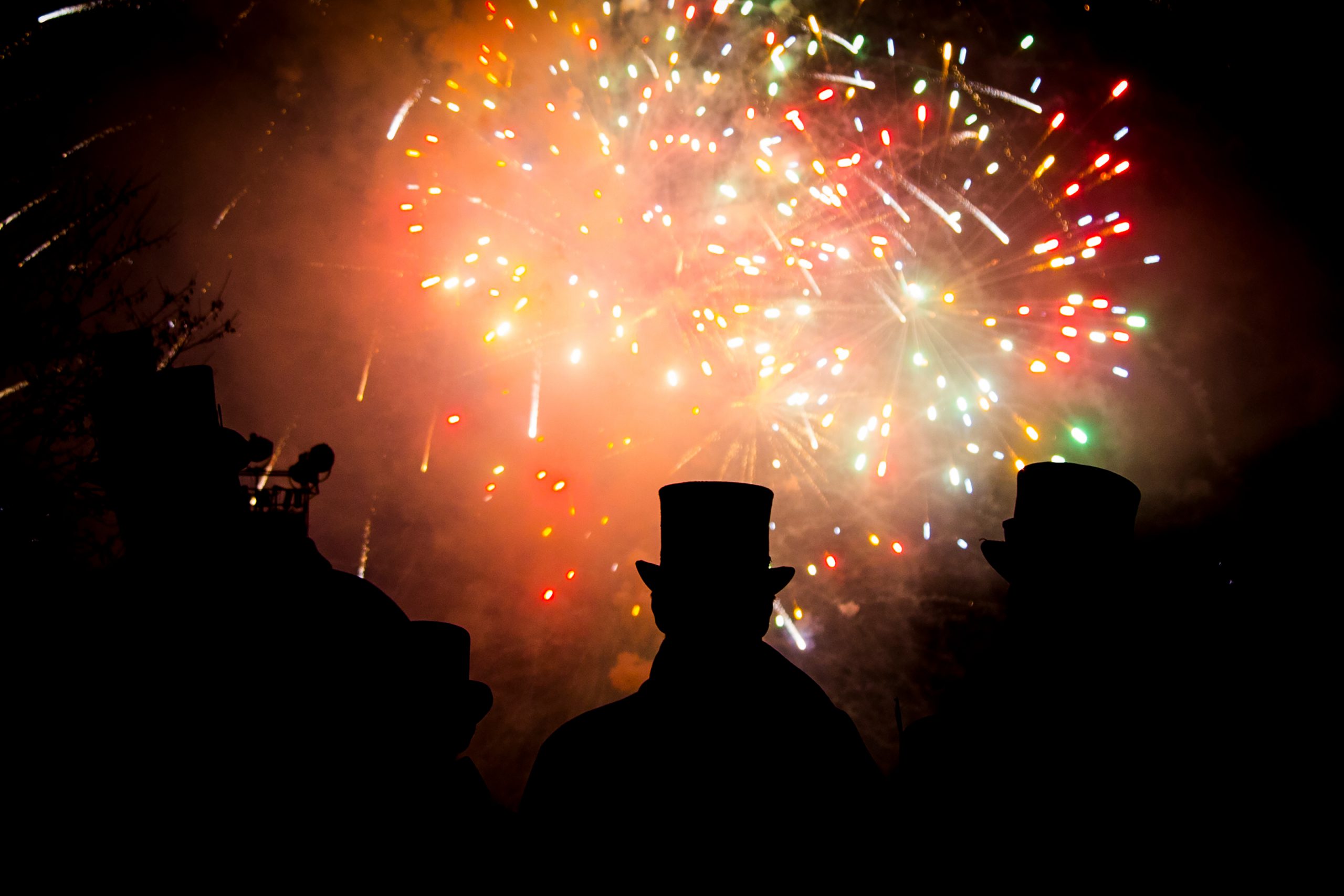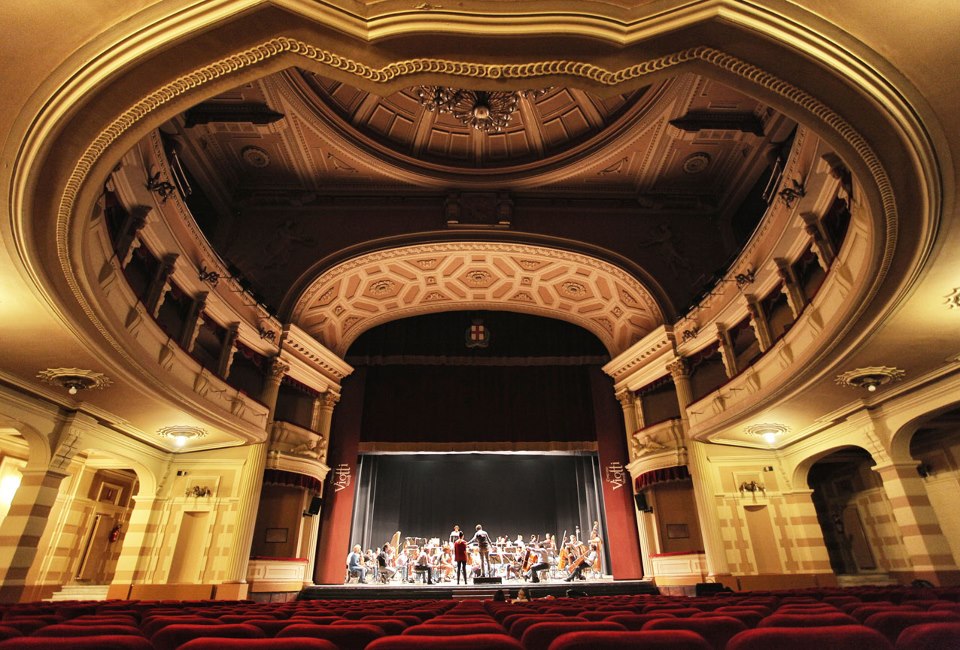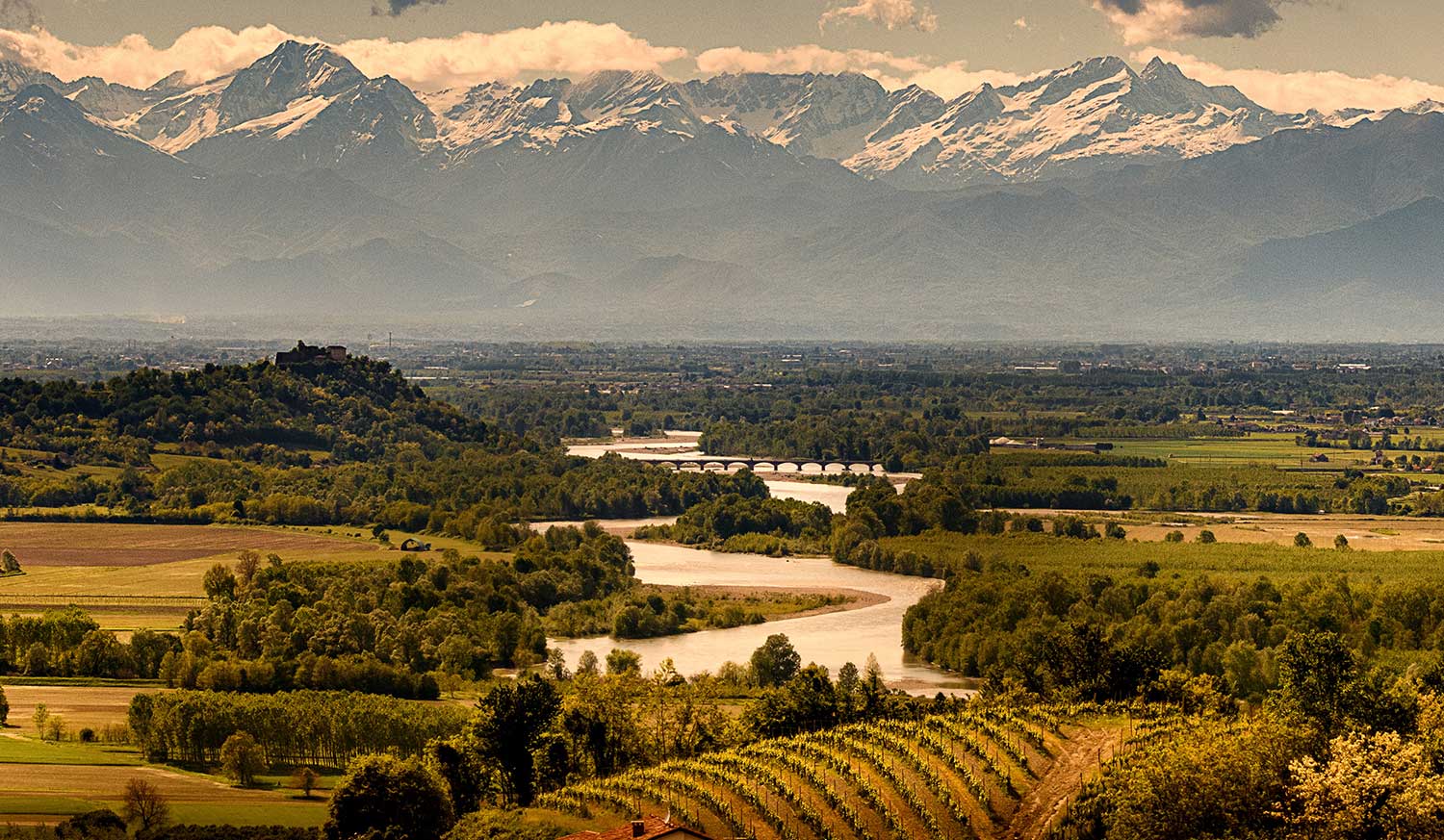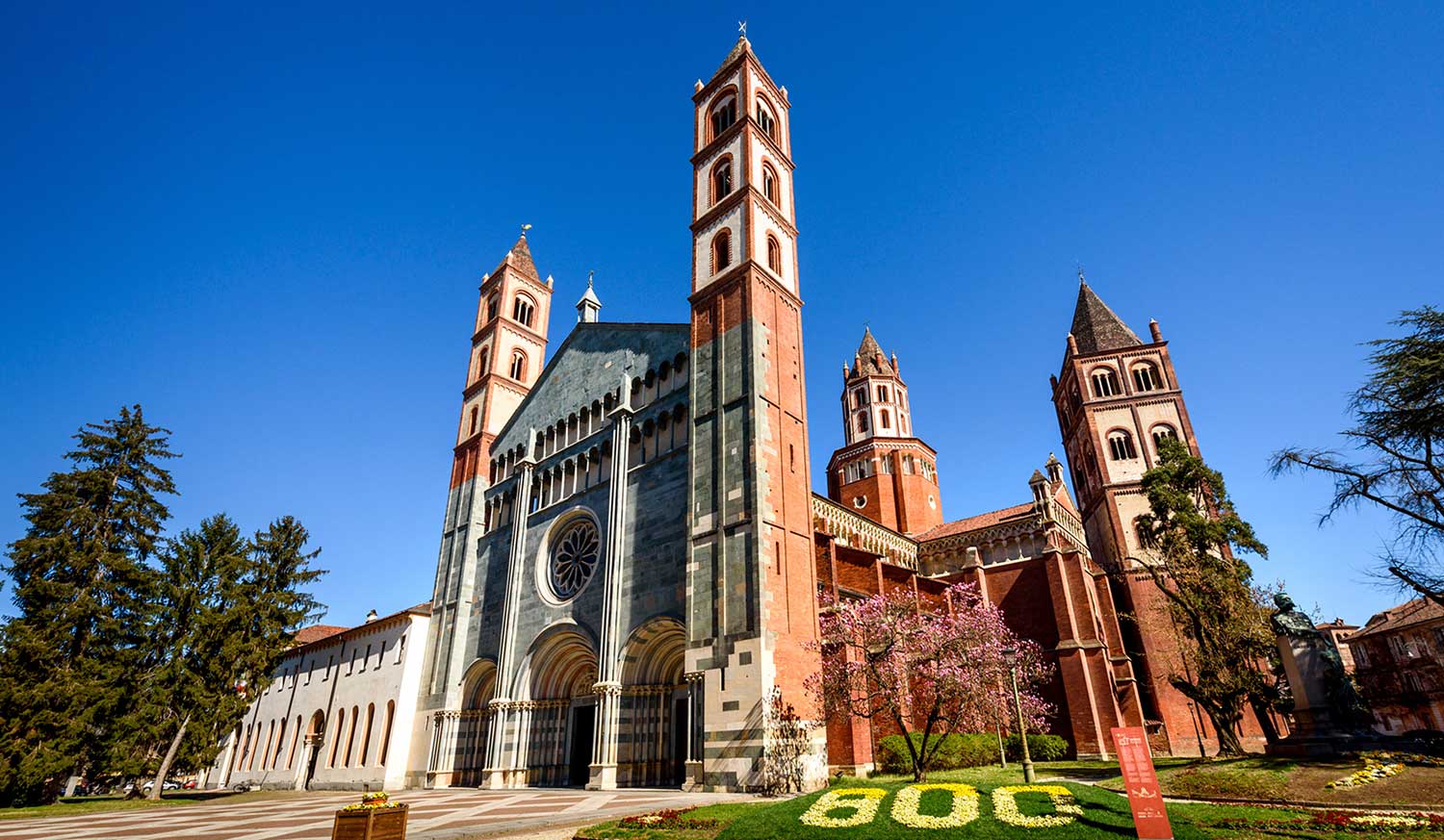
Festivals and Traditions
experience a world of
festivals and traditions
Be amazed by the incredible offer of festivals, religious celebrations and popular traditions in the province of Vercelli. We are waiting for you to experience them in person!
ROSARIO FIORITO, ALAGNA VALSESIA
A devotional procession common among the Walser, a people of German origin who settled at the foot of Monte Rosa centuries ago, and who left behind evidence of their religious, historic-artistic, and artisan traditions. This procession takes place at Alpe Vigne, above Alagna, on the first Sunday of October. It originated from the custom that the valley dwellers had of going to pray the rosary on the Sesia glacier, below Monte Rosa, for the souls that wandered there in the form of butterflies. After reciting the rosary, they would have a snack and then throw the leftovers into the crevasses to feed the spirits. The custom was revived in 1982.


PROCESSIONE DELLE SETTE MARIE, VARALLO
While on the evening of Good Friday the procession takes place exclusively within the town, starting at the Collegiate Church of San Gaudenzio and arriving at the Church of San Giacomo before turning back, on the afternoon of Palm Sunday the procession leaves from the Collegiate Church of San Gaudenzio and reaches the evocative Sacro Monte. During the procession, in which seven unmarried women with their faces covered by black veils form a mournful tableau, two of them hold up a third who carries the cross, covered in a white sheet and without the body of Christ, while the others arrange themselves in a sort of symbolic square around them. Following the Seven Marys are the members of the Confraternity of the Holy Trinity, wearing blue robes and carrying lanterns, and those of the Confraternity of the Holy Sacrament who, dressed in red robes, lead the statue of Our Lady of Sorrows in procession.
mercu scÛrot – CARNEvalE DI BORGOSESIA
The most traditional and characteristic expression of Borgosesia’s Carnival, the Mercû Scûrot, was established in 1854 by a group of pranksters who decided to celebrate the “funeral” of Carnival in their own way on Ash Wednesday, accompanying a casket containing a straw puppet that represents Carnival through the streets of the medieval village. The following year, the puppet was given the name “Peru Magunella”: Peru from the local pronunciation of the town’s patron saint (St. Peter), and Magunella from “Magoni”, a nickname by which the people of Borgosesia were identified. It wasn’t until 30 years later that the puppet was replaced by a person and given a consort, the “Gin Fiammàa”. The Saturday night dance parties are characteristic of Borgosesia’s carnival, as are the evenings dedicated to cultural events and the three separate afternoon masked parades.


CARNEVAlE STORICO DI SANTHIà
E’ The oldest carnival celebration in Piedmont. Its origins are rooted in the Abadia (first mentioned in a document dating from 1338), which was then replaced around the 18th century by the Antica Società Fagiolesca, the ancestor of today’s Carnival Committee. The highlights of this carnival are the presentation of the masks and the handing over of the keys, an occasion to poke fun at the town’s history; the three masked parades, held on the afternoons of Carnival Sunday and Carnival Tuesday and on the night of Carnival Monday; and the largest fagiolata (bean soup dinner) in Italy, on Monday, during which some 20,000 portions are served. During the course of the carnival celebrations, the Pule (a kind of offering of objects) and the Congreghe (during which the objects collected during the Pule are auctioned off) take place, as well as parties and popular games, getting everyone involved in what is surely the craziest time of the year. The carnival celebrations end with the burning of the ‘Babaciu’, or Carnival King.
PROCESSIONE DELLE MACCHINE, VERCELLI
This event originated in 1833, when the processions that were organised by the individual confraternities (which began in the 18th century and were soon regulated by a precise order of appearance) joined that of the Holy Crucifix of Saint Andrew’s Company, which took place in Vercelli on Good Friday. The so-called “machines” are sculptural groups, made from coloured wood, which represent the various episodes of the Passion of Christ, from the olive garden to the Crucifixion. In ancient times, the stretcher used for carrying sick people was called a “machine”. The term later came to mean, in a broader sense, the base on which statues were placed for transport. The “machines” are transferred on Friday to the Basilica of Sant’Andrea, where the procession that brings them all together begins. It then continues by candlelight and torchlight through the streets and piazzas of the town’s centre. A relic of the Holy Cross is also carried in the procession.


CONCORSO INTERNAZIONALE G.B. VIOTTI, VERCELLI
Established in 1950 by Joseph Robbone, a musician from Vercelli, this prestigious international competition serves as a springboard for talented young musicians looking to get their start. Many great artists have graced the stage of the Viotti Competition before embarking on brilliant international careers, among them Luciano Pavarotti, Claudio Abbado, and Salvatore Accardo, to name just a few. The competition is held annually in the province’s capital. It is one of the few international competitions to include multiple musical disciplines and to boast separate juries for each section, composed of eminent musicians, musicologists, critics, and artists, from both Italy and abroad. The alternating sections are piano and opera.
CORSA DEI BUOI, CARESANA
Some say this custom originated from a religious vow that the population made when praying for the end of the plague, but it more likely arose spontaneously. In fact, for St. George’s Day it was customary to take the animals, yoked to carts, in procession all the way to the so-called pylon, a kind of milestone outside the residential area. Returning to the town, each driver wanted to be the first to bring back the blessed bread, and thus tried to overtake the other carts by prodding on his own pair of oxen. This may be how the race originated, with the ceremony around it becoming more institutionalised as the centuries passed: the starting positions are now drawn by lottery, the oxen are covered with garlands and caparisons and the drawbars of the carts are decorated; and the procession of the patron Saint’s relics has been added.


CORSA DEI BUOI, ASIGLIANO
This race, another version of the one held annually in Caresana, probably began following a religious vow made to the town’s patron saint during the 15th century, when a bout of plague was devastating the population throughout the region. Starting in 1436, the Feast of Saint Victor and the Racing of the Oxen have been celebrated on the second Sunday in May. Initially, the ceremony required that the citizens of Asigliano, after singing the Deus Teorum Militum, untie four pairs of oxen along the lea dla stassion as a thank you to Saint Victor.
Plan your holiday
Where to eat, where to sleep, how to get around: plan your trip to Valsesia and Vercelli!




































